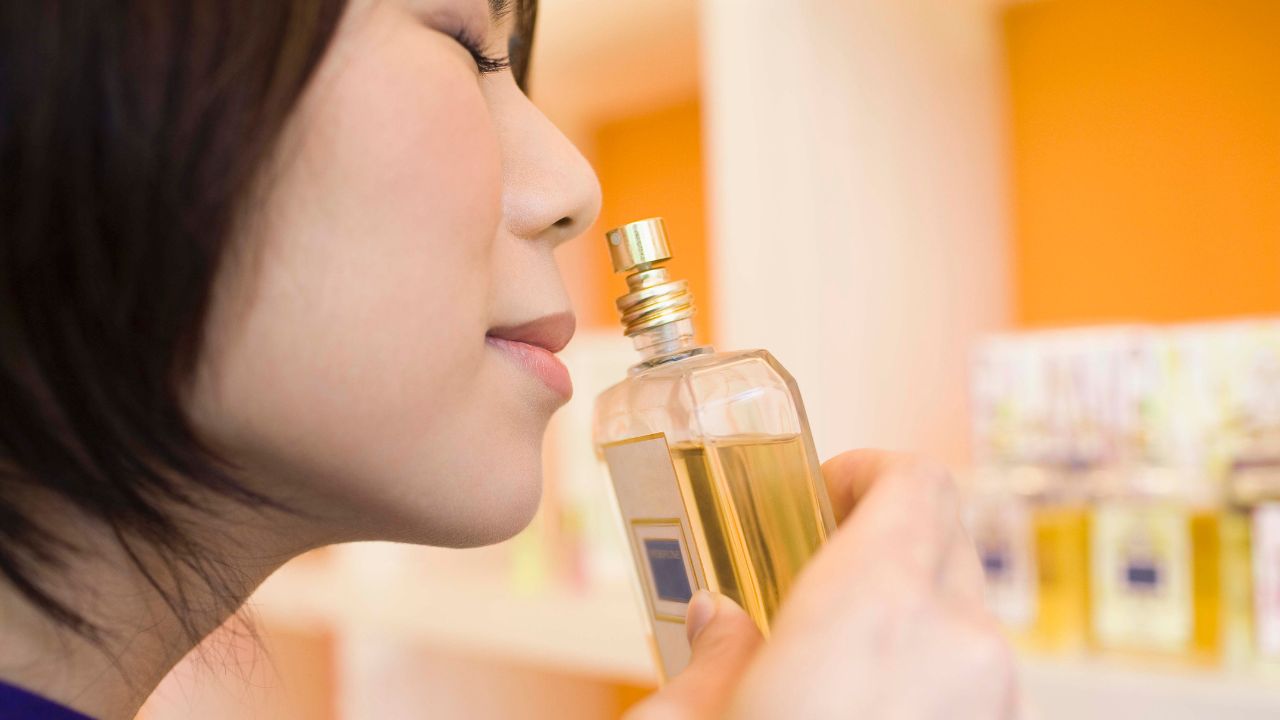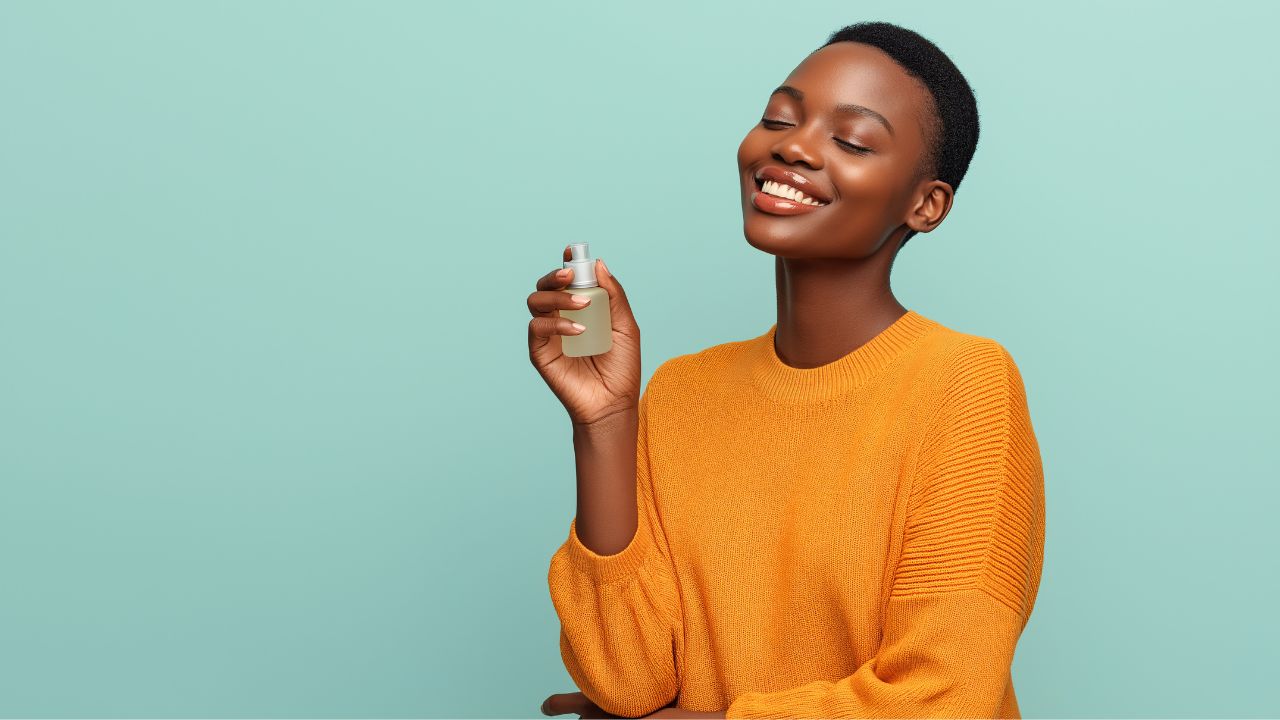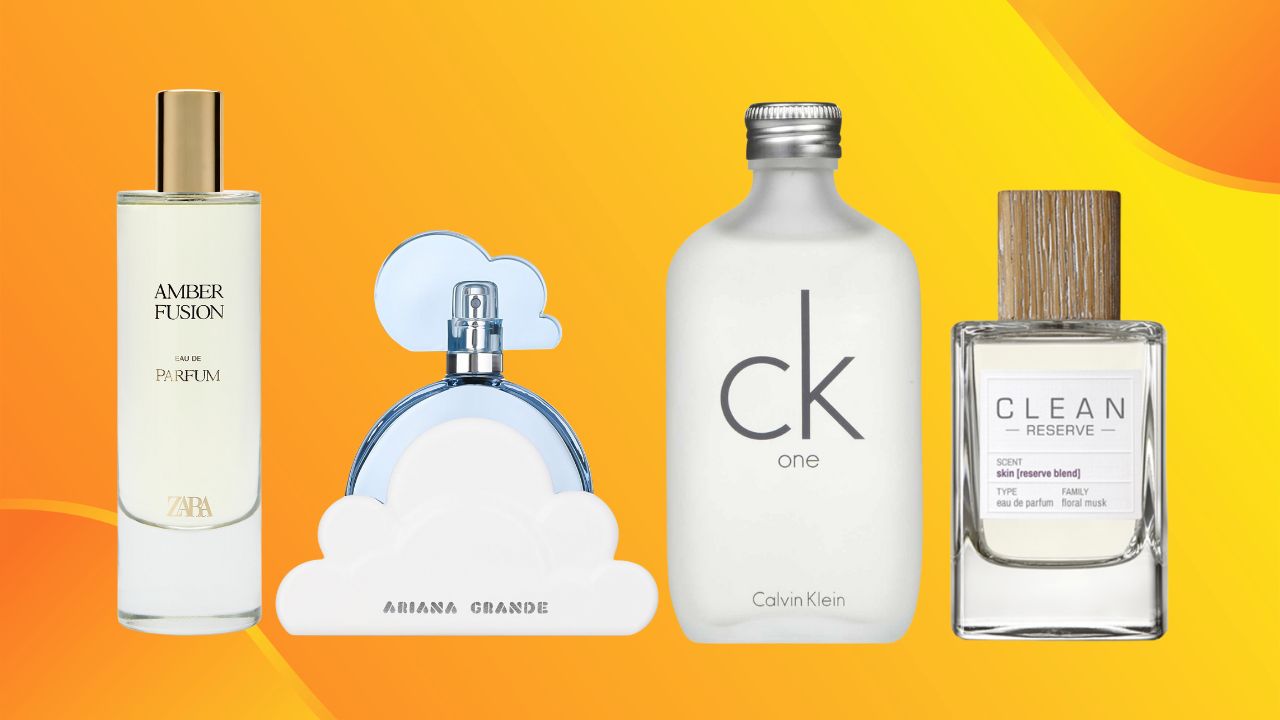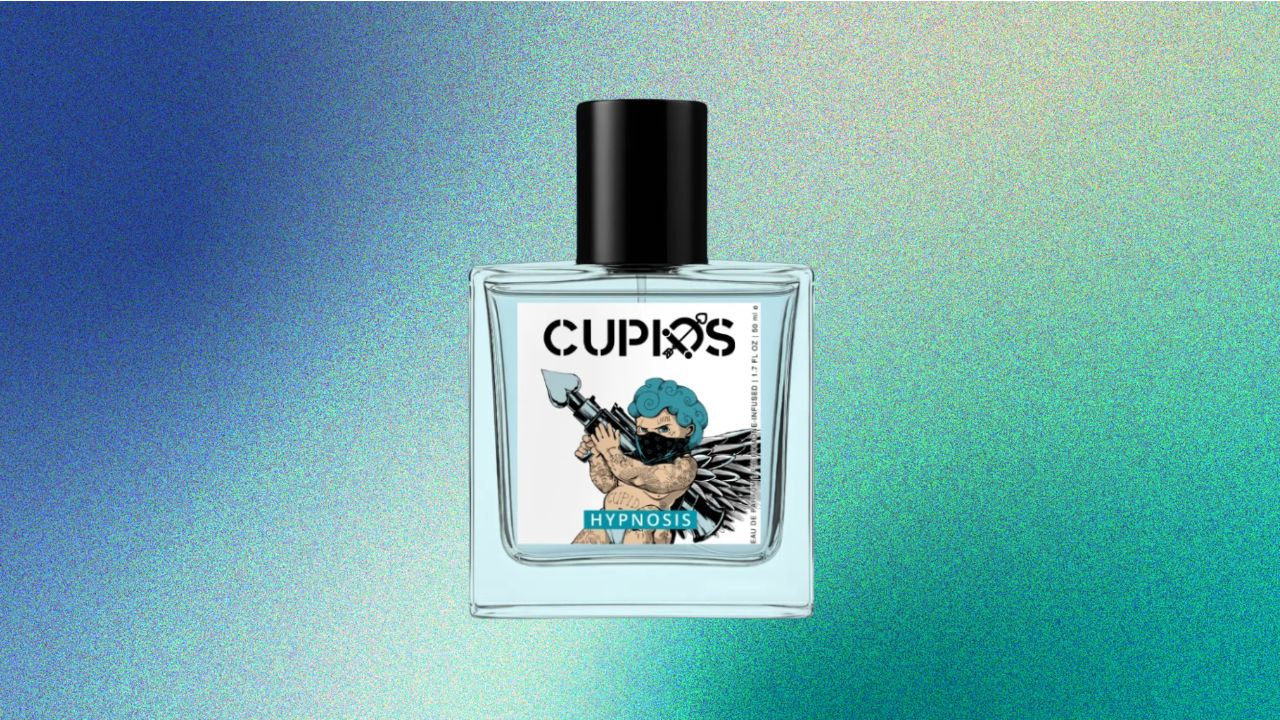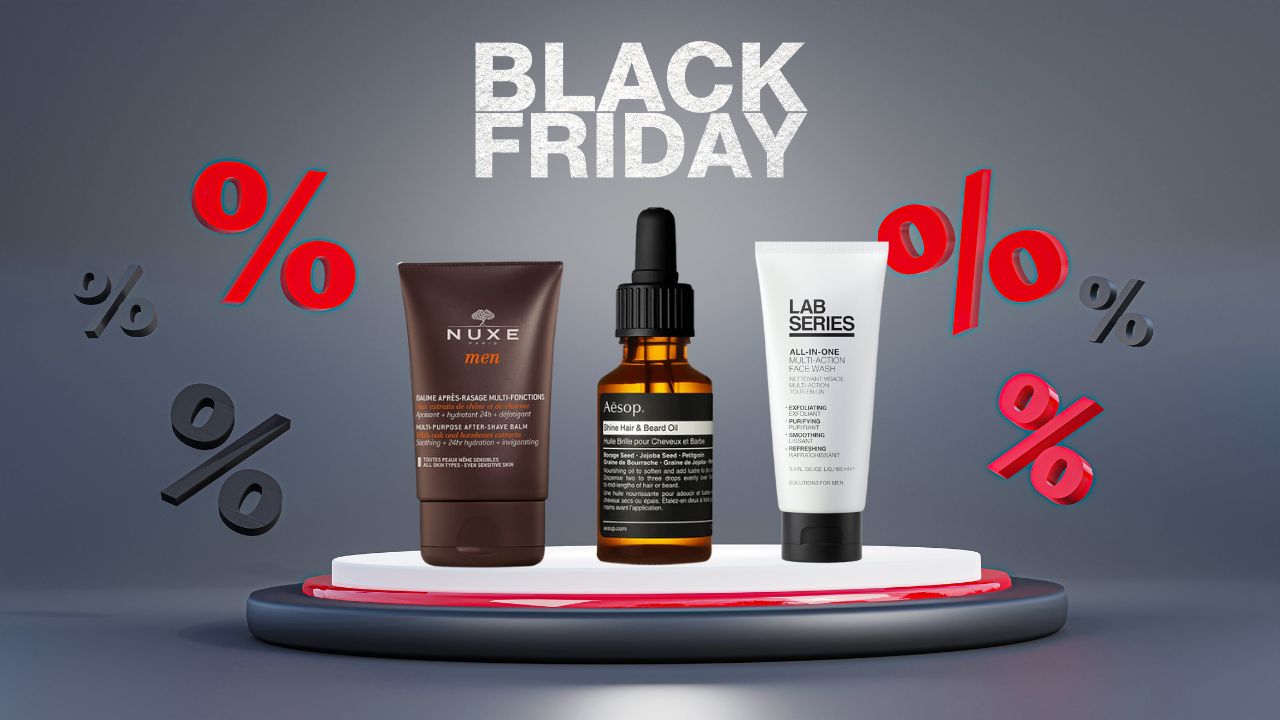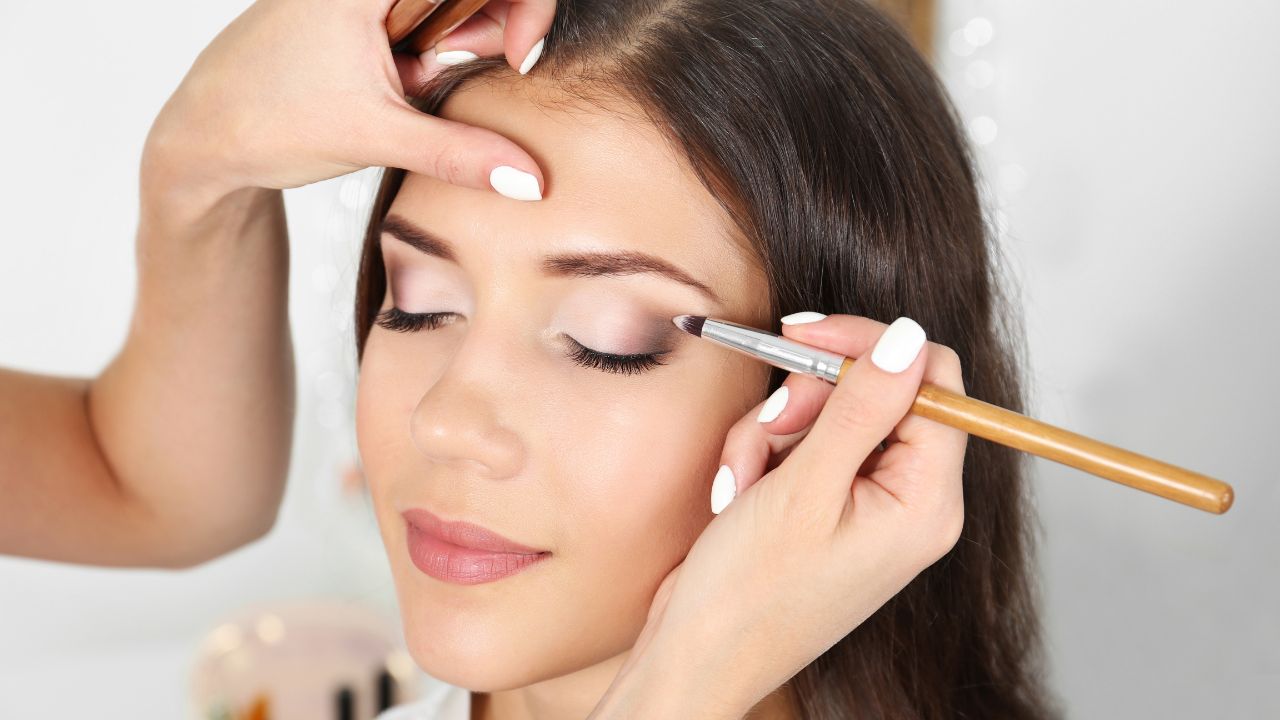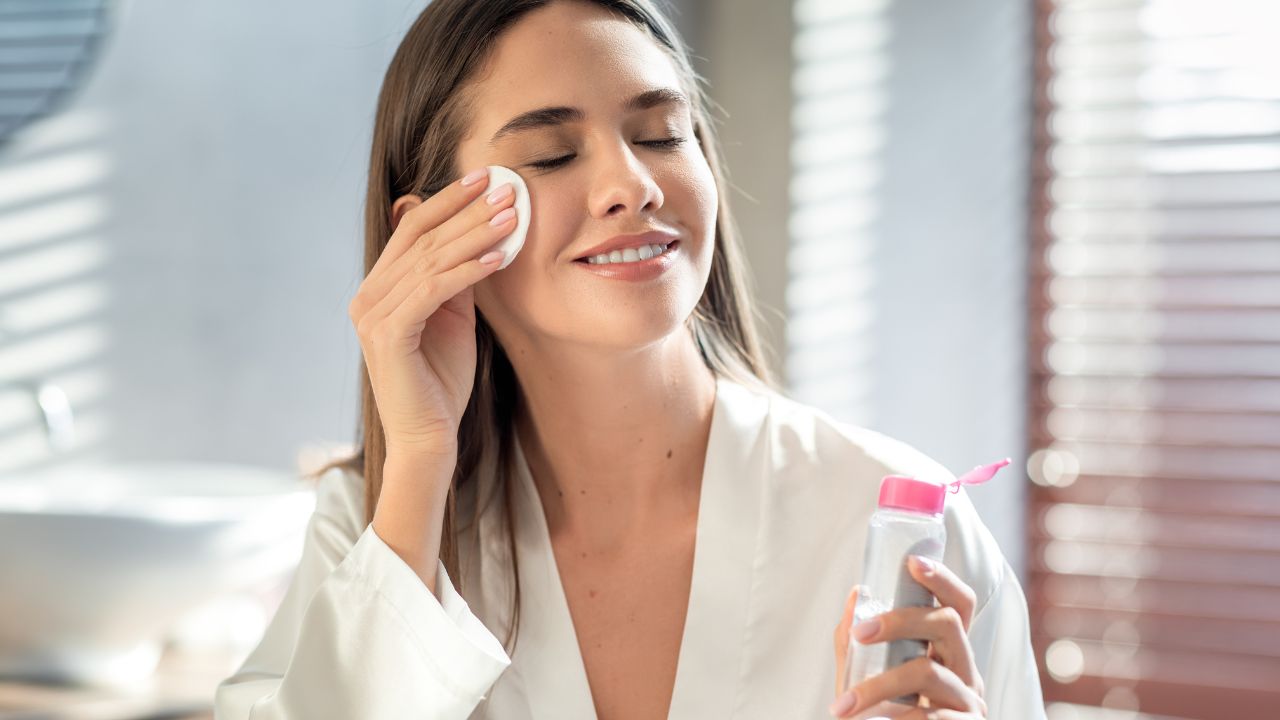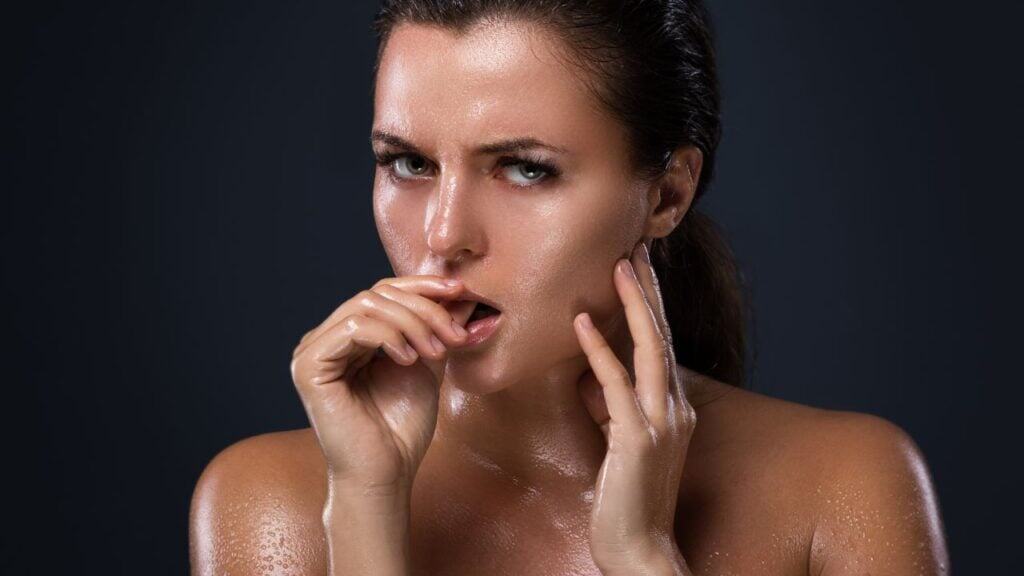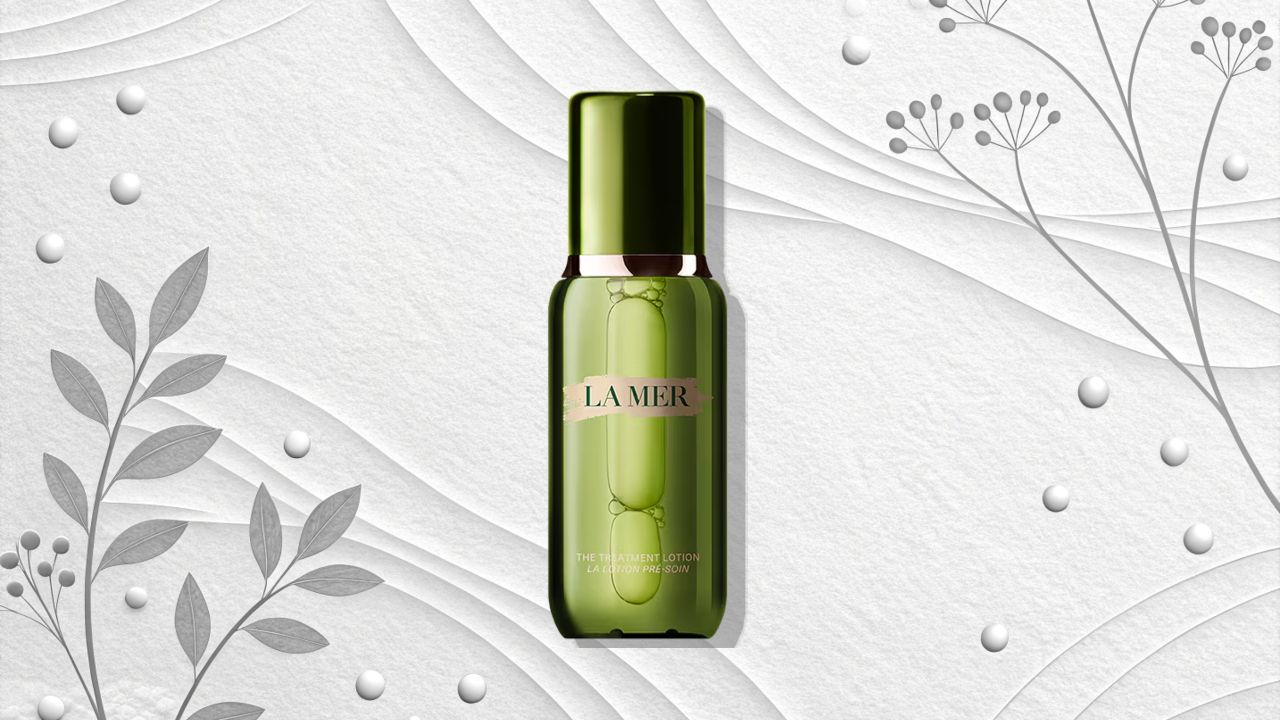Blog
Home / Beauty, Hair & Skin Care / Are Pore Strips Good or Bad for Your Skin? The Complete Truth About Pore Strips
Categories
Recent Posts
- Why Certain Smells Bring Back Memories: The Proust Effect Explained (2025)
- How Perfumes Can Change Your Mood: The Science Behind Scent and Emotions
- Best Affordable Perfumes of 2025: Budget Fragrances That Smell Expensive
- Luxury Beauty Gifts to Grab on Black Friday 2025: The Ultimate Guide to Premium Beauty Deals
- Which Day Has the Best Beauty Deals? Your Complete Guide to Shopping Smart in 2025
Are Pore Strips Good or Bad for Your Skin? The Complete Truth About Pore Strips
0
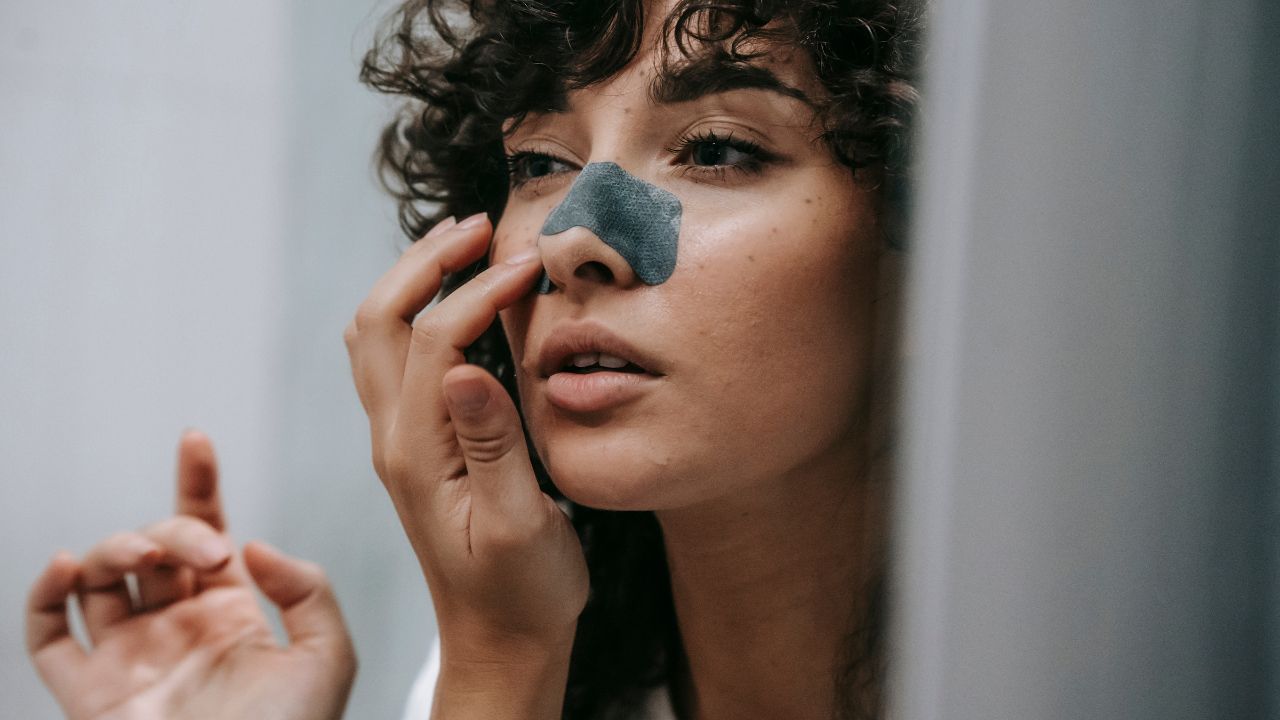
You’ve seen them in every drugstore, plastered across social media feeds, and probably tried them yourself—those satisfying pore strips that promise to yank out blackheads and leave your skin smooth and clear. But are pore strips good or bad for your skin? The answer isn’t as simple as you might think, and understanding the science behind these popular skincare products is crucial for making informed decisions about your pore health.
The question “are pore strips bad for your skin” has sparked heated debates among dermatologists, skincare enthusiasts, and beauty experts. While some swear by their immediate results, others warn of potential damage and long-term consequences. In this comprehensive guide, we’ll break down exactly how pore strips work, examine the pros and cons of pore strips, reveal what dermatologists really think, and provide safer alternatives for achieving clear, healthy-looking pores.
What Are Pore Strips and How Do They Work?
Before we can determine if pore strips are good or bad, we need to understand exactly what they do and how they function.
- The Basic Mechanism: Pore strips are adhesive strips—typically made with a water-activated glue—that you apply to damp skin, let dry, and then peel off. The adhesive bonds to the top layer of debris in your pores and physically pulls it out when removed.
- What They Actually Remove: Most of what you see on a used pore strip isn’t actually blackheads—it’s sebaceous filaments, which are naturally occurring collections of oil and dead skin cells that line your pores. These are completely normal and actually serve a protective function for your skin.
- The Satisfying Visual: The gunk visible on a used pore strip creates that satisfying “proof” of cleaning, which is why they’re so popular on social media. However, this instant gratification doesn’t necessarily mean your skin is healthier.
- The Temporary Effect: Any smoothness you feel after using pore strips is temporary. The filaments and oil will return within days or weeks because they’re a natural part of your skin’s function, not an impurity that needs permanent removal.
The Science: Are Pore Strips Bad for Your Skin?
Let’s examine what dermatologists and scientific research say about pore strip side effects and whether pore strips damage skin.
Potential Benefits of Pore Strips
- Immediate Surface Clearing: Pore strips do effectively remove the top layer of sebaceous filaments and surface debris, creating a temporarily cleaner appearance.
- Instant Gratification: The visual and tactile satisfaction of smooth skin can boost confidence, even if the effect is short-lived.
- No Harsh Chemicals Required: Basic pore strips don’t typically contain strong active ingredients, making them potentially less irritating than some chemical treatments.
- Quick and Convenient: They require no special skills, take only 10-15 minutes, and provide immediate results without a multi-step routine.
Potential Risks and Downsides
- Skin Irritation and Redness: The aggressive adhesive can cause redness, irritation, and inflammation, especially on sensitive skin. Many people wonder “are pore strips bad for sensitive skin”—the answer is usually yes.
- Broken Capillaries: The forceful pulling action can damage delicate blood vessels near the skin’s surface, leading to visible broken capillaries that are permanent.
- Disrupted Skin Barrier: Removing the top layer of skin repeatedly can compromise your skin’s protective barrier, leading to increased sensitivity, dryness, and vulnerability to environmental damage.
- Enlarged Pores Over Time: Contrary to their promise, do pore strips make pores bigger? With repeated use, the constant stretching and pulling can actually enlarge pores rather than minimize them.
- Removal of Natural Protective Oils: Pore strips don’t distinguish between “bad” buildup and beneficial sebum that protects your skin. Stripping away all oil can trigger overproduction as your skin tries to compensate.
- Temporary Results Only: Sebaceous filaments return within 2-4 weeks because they’re a natural part of healthy skin function. Pore strips offer no long-term solution.
- Risk of Infection: Forcefully opening pores and disrupting the skin barrier can create entry points for bacteria, potentially leading to breakouts or infections.
What Dermatologists Say: The Expert Consensus
When asking “what do dermatologists say about pore strips,” the consensus is surprisingly consistent:
When Dermatologists Say They’re Okay
Dermatologists generally agree that pore strips are safe when:
- Used only occasionally (once every 2-3 weeks maximum)
- Applied to non-sensitive, healthy skin
- Used correctly according to package directions
- Followed by proper moisturizing and barrier repair
- Not used on active acne, irritated skin, or broken skin
When Dermatologists Say Avoid Them
Pore strips are bad for your skin when you have:
- Sensitive, reactive, or compromised skin
- Active acne, rosacea, or eczema
- Visible broken capillaries
- Very dry or dehydrated skin
- Recent chemical peels or laser treatments
- Thin or aging skin
Are Nose Strips Bad for You? The Most Common Use Case
Since nose strips are the most popular type of pore strip, let’s specifically address whether nose strips are bad for you:
Why the Nose Is Particularly Vulnerable
- Thinner Skin: The skin on your nose is thinner than other areas, making it more susceptible to damage from aggressive adhesives.
- More Visible Capillaries: The nose has numerous superficial blood vessels that are easily damaged by pulling and stretching.
- Higher Sebum Production: The nose typically produces more oil, meaning sebaceous filaments are more visible here—but that’s completely normal.
- More Frequent Use: Because people see more visible filaments on their nose, they tend to use nose strips more frequently, increasing the risk of damage.
Safer Nose Care Alternatives
Instead of relying on nose strips, consider these gentler approaches:
- Oil cleansing to dissolve sebum naturally
- Salicylic acid cleansers or toners for the nose area
- Clay masks applied to the T-zone only
- Gentle manual extractions by a professional esthetician
- Chemical exfoliants that work gradually over time
Better Alternatives to Pore Strips: What Actually Works
If pore strips are bad for your skin or simply ineffective for your needs, then, what are better alternatives to pore strips? Here are dermatologist-recommended options:
1. Salicylic Acid Treatments – The Gold Standard
Salicylic acid treatments represent the gold standard for pore care and offer dramatically better results than pore strips. This beta-hydroxy acid is oil-soluble, meaning it can actually penetrate into pores to dissolve the sebum and dead skin cells that cause congestion from the inside out. Unlike pore strips that only remove surface debris, salicylic acid addresses the root cause of pore congestion.
The benefits over pore strips are substantial: it works continuously rather than just once, doesn’t damage your skin barrier, actually prevents future congestion, is gentle enough for regular use, and genuinely minimizes pore appearance over the long term. This approach is best for oily skin, blackhead-prone skin, and anyone seeking ongoing pore maintenance rather than quick fixes.
2. Clay Masks – The Gentle Extractor
Clay masks provide gentle extraction without the aggressive pulling action that makes pore strips bad for your skin. These masks work by absorbing excess oil and drawing impurities from pores through a process called adsorption, where the clay particles bind to sebum and debris. They’re particularly effective for managing sebaceous filaments without causing the irritation and damage associated with adhesive strips.
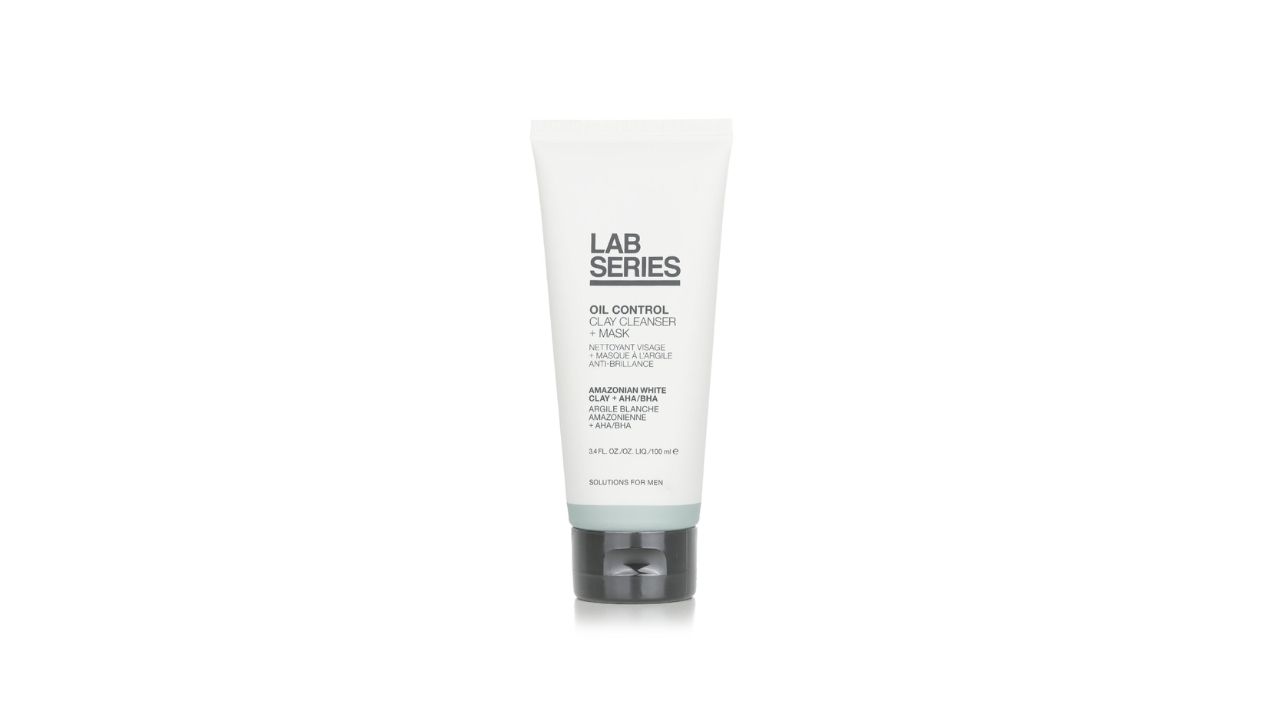
Clay masks are gentler on skin and capillaries, absorb oil without stripping away protective barriers, can be targeted to problem areas like the T-zone, refine pores gradually over time, and carry no risk of tearing or damaging delicate facial skin. They’re suitable for all skin types when you choose the appropriate clay type—kaolin for sensitive skin, bentonite for oily skin, and French green clay for combination skin.
3. Chemical Exfoliants (AHAs/BHAs) – The Long-Term Solution
Chemical exfoliants, particularly AHAs and BHAs, offer a long-term solution that pore strips simply cannot match. Regular chemical exfoliation increases cell turnover, prevents dead skin buildup in pores, and keeps them clear from the inside out rather than just removing what’s visible on the surface. Alpha-hydroxy acids like glycolic and lactic acid work on the skin’s surface to improve texture and radiance, while beta-hydroxy acids like salicylic acid penetrate into pores to address congestion at its source.
The benefits over pore strips include addressing underlying causes of congestion, improving overall skin texture and tone, preventing problems rather than just treating symptoms, being safe for consistent long-term use, and providing additional anti-aging benefits through increased collagen production. This approach is ideal for building a sustainable skincare routine focused on prevention and maintaining consistently clear, healthy-looking pores.
4. Oil Cleansing – The Natural Dissolver
Oil cleansing represents one of the gentlest and most effective alternatives to pore strips, working on the principle that “like dissolves like”—cleansing oils naturally dissolve sebum plugs and sebaceous filaments without any aggressive pulling or tugging. This method is particularly effective because it works with your skin’s natural chemistry rather than against it.
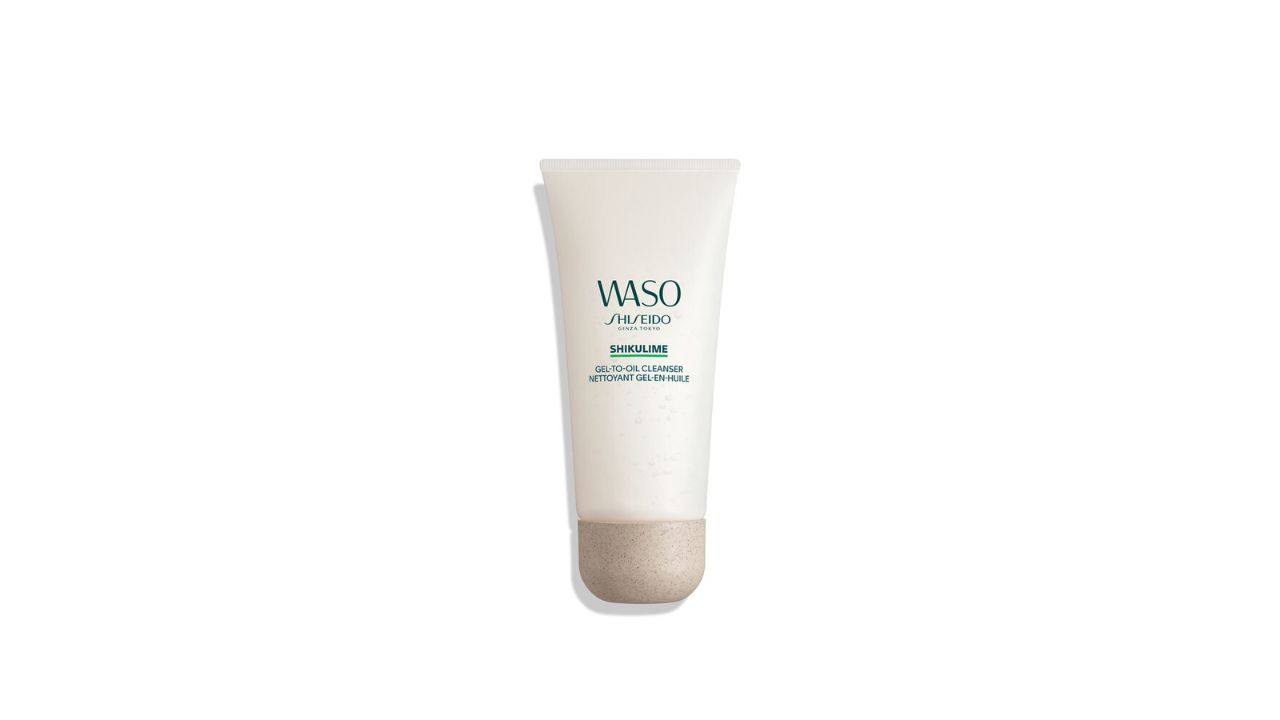
The benefits over pore strips are impressive: it’s completely gentle and non-irritating even for sensitive skin, maintains and even strengthens your skin barrier, can be incorporated into your daily routine without worry, nourishes skin while cleaning, and carries absolutely no risk of damage, broken capillaries, or irritation. This method works beautifully for all skin types, including oily skin—the key is choosing the right oil for your skin type and following with a water-based cleanser to remove any residue.
5. Professional Extractions – The Expert Approach
Professional extractions performed by licensed estheticians offer the expert approach to removing stubborn congestion safely. While pore strips allow anyone to perform aggressive extractions at home without proper training, professionals have the expertise and specialized tools to remove blackheads and congestion without damaging surrounding skin tissue.
The benefits over pore strips include proper technique that minimizes damage and scarring, ability to address deeper blackheads that surface treatments can’t reach, pre-treatment protocols that soften debris for easier removal, professional assessment of your specific skin needs and concerns, and comprehensive aftercare that promotes healing and prevents complications. This approach is best for stubborn congestion that doesn’t respond to at-home treatments, special occasions when you want professional-grade results, and maintaining clear pores as part of a regular skincare regimen.
6. Retinoids – The Prevention Powerhouse
Retinoids function as a prevention powerhouse that addresses pore congestion before it even becomes visible. These vitamin A derivatives increase cell turnover rate, preventing pores from becoming clogged in the first place by ensuring dead skin cells are shed efficiently before they can accumulate. Unlike pore strips that only treat existing congestion, retinoids work proactively to keep pores clear continuously.
The benefits over pore strips are transformative: retinoids prevent congestion before it starts rather than just removing it, refine and minimize pores progressively over time, provide significant anti-aging benefits including reduced fine lines and improved texture, support long-term skin health and resilience, and address multiple concerns simultaneously including acne, texture, and pigmentation. This approach is perfect for anyone focused on long-term skin health, prevention-oriented skincare, and those who want anti-aging benefits alongside pore refinement.
7. Niacinamide Serums – The Pore Refiner
Niacinamide serums work as powerful pore refiners that address the root cause of visible pores—excess oil production. This form of vitamin B3 regulates sebum production at the source, reducing the amount of oil that fills pores and makes them appear larger. It also strengthens the skin barrier, reduces inflammation, and visually minimizes the appearance of pores without any extraction whatsoever.
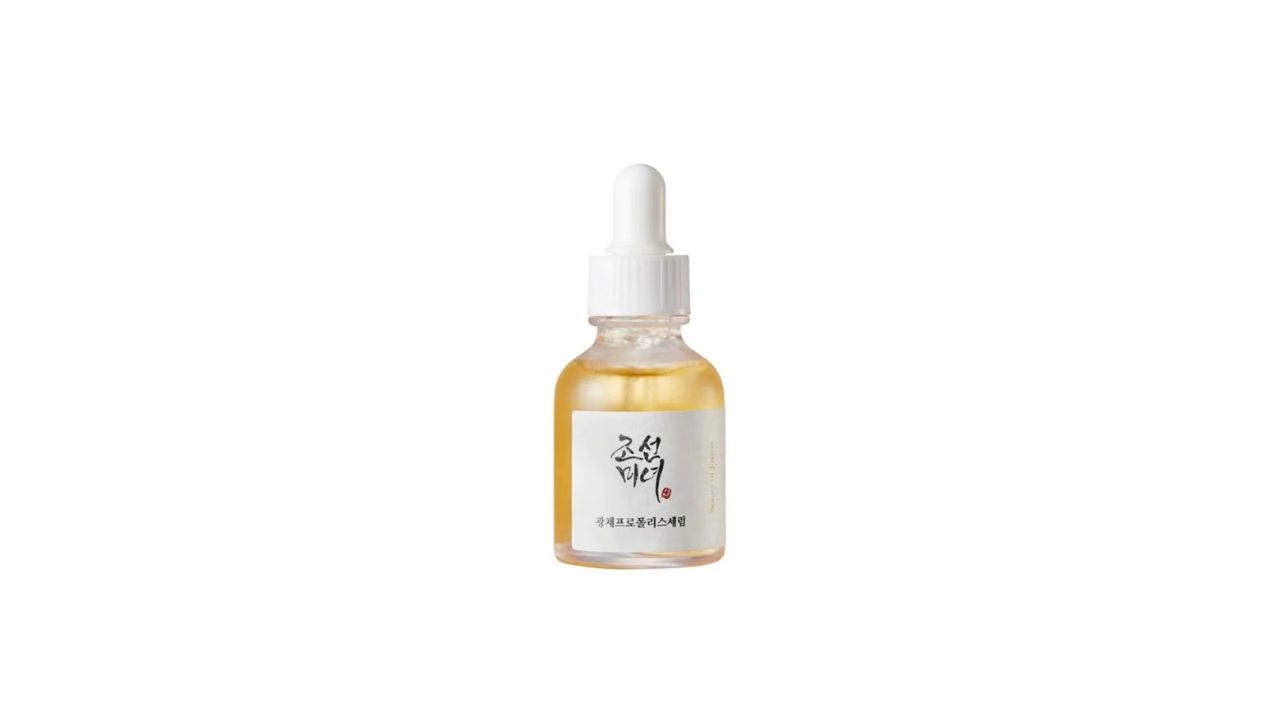
The benefits over pore strips include regulating oil production at its source rather than just removing surface sebum, strengthening your skin barrier for overall healthier skin, reducing pore appearance through multiple mechanisms, being suitable for all skin types including sensitive skin, causing no downtime or irritation, and delivering consistent results with regular use. This gentle daily treatment option is ideal for those with oily skin, visibly enlarged pores, anyone seeking a non-irritating approach to pore care, and those who want multiple benefits from a single product including brightening, barrier support, and oil control.
Master Healthy Pore Care
Understanding whether pore strips are good or bad empowers you to make informed decisions about your skincare routine. While they offer temporary satisfaction and aren’t universally harmful, the risks of irritation, barrier damage, and broken capillaries—combined with only temporary results—make them a less-than-ideal choice for most people’s regular skincare routines.
Your pores deserve better than aggressive quick fixes that may cause more harm than good. By embracing gentle, consistent alternatives that address the root causes of congestion, you’ll achieve healthier, clearer-looking pores that last—not just for a few days, but for the long term.
Experience the confidence that comes from truly healthy, well-cared-for skin that looks refined and clear without compromising your skin barrier or risking damage.
Discover gentle pore care solutions at Beautinow – your trusted destination for science-backed skincare that refines pores safely and effectively, with expert guidance on building routines that deliver lasting results without the risks associated with aggressive extraction methods.
Why choose Beautinow for your pore care needs:
- Dermatologist-Approved Selection: Carefully curated collection of pore care alternatives that work better than pore strips, featuring gentle chemical exfoliants, purifying clay masks, and pore-refining serums recommended by skincare experts
- Science-Backed Solutions: Every product addresses the root causes of congestion—excess oil production, dead skin buildup, and inflammation—rather than offering temporary surface fixes that may damage your skin
- Personalized Pore Care Plans: Expert guidance on building customized routines for your specific skin type and concerns, whether you’re dealing with sebaceous filaments, actual blackheads, or enlarged pores
- Education-First Approach: Comprehensive resources to help you understand your skin, distinguish between normal sebaceous filaments and problematic blackheads, and make informed decisions about your pore care strategy
- Gentle, Effective Alternatives: Access to treatments that refine pores, regulate oil, and improve texture without the risks of irritation, broken capillaries, or barrier damage associated with aggressive extraction methods
Invest in your skin’s long-term health with gentle, effective pore care that delivers lasting results. Your journey to refined, clear-looking pores begins with choosing science-backed alternatives that work with your skin’s natural processes, not against them.
Frequently Asked Questions
Q: Do dermatologists recommend blackhead strips?
A: Most dermatologists do not recommend blackhead strips (pore strips) as a regular skincare solution. While they acknowledge that occasional use isn’t necessarily harmful for resilient, non-sensitive skin, the majority of dermatologists prefer alternatives to pore strips like salicylic acid treatments, chemical exfoliants, and retinoids that address the root causes of congestion. What do dermatologists say about pore strips? They emphasize that these strips primarily remove sebaceous filaments (which are normal and will return) rather than true blackheads, provide only temporary results, and carry risks of skin irritation, broken capillaries, and barrier damage. For genuine blackhead treatment, dermatologists recommend consistent use of BHA exfoliants, proper cleansing routines, and professional extractions when necessary.
Q: Do pore strips actually pull out blackheads?
A: Do pore strips work for blackheads? The answer is nuanced. Pore strips can remove some surface-level blackheads, but what you see on the strip is usually sebaceous filaments (normal, naturally-occurring oil structures) rather than true blackheads. Actual blackheads are oxidized comedones that are often deeper and more stubborn than what adhesive strips can effectively remove. The strips only address the very top layer of pore congestion and don’t prevent blackheads from returning because they don’t address underlying causes like excess oil production, dead skin buildup, or poor cell turnover. For effective blackhead removal and prevention, better alternatives to pore strips include salicylic acid (which penetrates pores to dissolve buildup), retinoids (which prevent clogging), and professional extractions performed by licensed estheticians.
Q: What happens if I use pore strips too often?
A: Using pore strips too often can cause significant skin damage and make your pore concerns worse rather than better. Pore strip side effects from overuse include chronic skin irritation and persistent redness, damaged or broken capillaries that appear as visible red lines and may be permanent, compromised skin barrier leading to increased sensitivity and dehydration, enlarged pores from repeated stretching and pulling, rebound oil production as your skin overcompensates for stripped sebum, increased vulnerability to breakouts and infections, thinning of the skin over time, and chronic inflammation that accelerates aging. How often to use pore strips safely? Maximum once every 2-3 weeks for resilient skin types, ideally once monthly or less. If you notice any persistent redness, broken capillaries, increased sensitivity, or your pores appearing larger, stop using them immediately and focus on gentle barrier repair with safer pore care alternatives like niacinamide serums, chemical exfoliants, and hydrating treatments.
Related posts
Why Certain Smells Bring Back Memories: The Proust Effect Explained (2025)
The scent of fresh-cut grass transported me instantly to summer afternoons at my grandfather's farm. I was standing in a city park, yet...
How Perfumes Can Change Your Mood: The Science Behind Scent and Emotions
Have you ever noticed how a single whiff of perfume can instantly transport you back in time or shift your emotional state? Perhaps the...
Best Affordable Perfumes of 2025: Budget Fragrances That Smell Expensive
Finding a signature scent shouldn't mean emptying your wallet. The perfume industry has fundamentally changed over the past few years, ...
Luxury Beauty Gifts to Grab on Black Friday 2025: The Ultimate Guide to Premium Beauty Deals
Black Friday 2025 is your golden opportunity to invest in luxury beauty products that rarely see discounts throughout the year. From pr...
Which Day Has the Best Beauty Deals? Your Complete Guide to Shopping Smart in 2025
Every beauty enthusiast faces the same dilemma: when should I buy beauty products to get the absolute best beauty deals without sacrifi...
Cupids Cologne Review: Does This Pheromone Fragrance Really Work? An Honest 30-Day Test
The world of pheromone colognes has exploded in recent years, with countless brands promising everything from instant attraction to mag...
Black Friday Aftershave Deals & Buying Guide 2025: Expert Tips for Smart Shopping
Black Friday 2025 presents the perfect opportunity to upgrade your post-shave skincare routine without breaking the bank. Whether you'r...
How to Wear Red Lipstick: Expert Tips for Perfect Application and Long-Lasting Wear
Nothing makes a statement quite like a bold red lip. It’s the ultimate power move—elegant, timeless, and undeniably captivating. Red lipstick has historically been a symbol of courage and defiance, empowering wearers through generations. But let’s be honest, wearing red lipstick can feel genuinely intimidating. What if it smudges? What if it bleeds? What if you choose the wrong shade for your complexion?
How to Do Eye Makeup Like a Pro: Step-by-Step Guide for Smokey Eyes, Big Eyes & More
This beginner-friendly guide will walk you through every step—from choosing the right brushes to perfecting your crease and liner. No jargon, no pressure—just clear, practical tips that help you create looks that highlight your eyes and express your style.
How to Use Toner: A Step-by-Step Guide for Flawless Skin
In this expert-backed guide, we’ll show you exactly how to use toner the right way, ensuring you get maximum skin benefits while avoiding common mistakes. Let’s dive in!
Essential Body Care Routine for Oily Skin: 7 Smart Steps for a Balanced, Happy Glow
With the right body care routine, tailored specifically for oily skin, you can find that perfect sweet spot between a healthy glow and unwanted greasiness. And no, you don’t need a crazy 12-step ritual or a celebrity facialist. Just a few smart product swaps, some know-how about ingredients, and a little consistency.
La Mer The Treatment Lotion: How to Use It to Soothe Sensitivity and Redness
Let’s talk about La Mer The Treatment Lotion—what it is, how to use it, and how it fits into a full La Mer ritual that helps reduce redness, restore hydration, and calm sensitivity like a pro.
Comments


